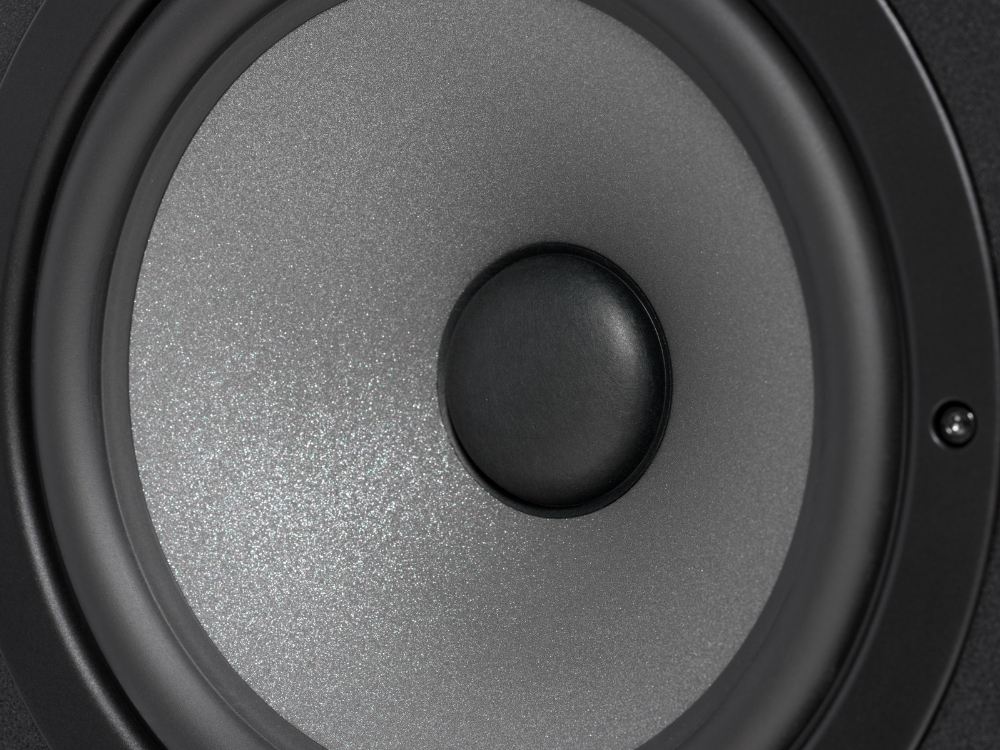Affiliate Disclaimer
As an Amazon Associate, we earn from qualifying purchases.
If you’re interested in audio equipment, you’ve likely heard of studio monitors and speakers. Studio monitors are designed to provide an accurate representation of sound, making them essential tools for recording and mixing music. Traditional speakers, on the other hand, are often designed to provide a more enjoyable listening experience, with enhanced bass, treble, or other frequencies.
But can you use studio monitors as regular speakers? It’s a question that many people ask, especially those who are interested in high-quality audio but don’t want to invest in both studio monitors and traditional speakers. Well, we’ll explore whether studio monitors can be used as speakers, discussing the pros and cons of this approach and offering some practical tips for those who want to try it out.
Table of Contents
ToggleAccuracy vs. Enjoyment: Understanding the Key Differences Between Studio Monitors and Speakers
When it comes to audio equipment, there are many different options available. Two common choices are studio monitors and speakers. While these two types of audio equipment may seem similar at first glance, they have some key differences that are worth understanding.
Here are some of the main differences between studio monitors and speakers:
Frequency response: Studio monitors are designed to provide a flat frequency response, meaning that they don’t emphasize any particular frequencies. This is important for recording and mixing music, as it allows you to hear the audio neutrally and accurately. In contrast, speakers are often designed to provide a more enjoyable listening experience, with boosted bass, treble, or other frequencies.
Accuracy: Because studio monitors are designed to provide a flat frequency response, they are generally considered to be more accurate than speakers. This is important for recording and mixing, as it allows you to hear the audio as it truly is, without any coloration or distortion. In contrast, speakers may introduce coloration or distortion to the sound, which can be enjoyable but may not be accurate.
Sound signature: Each studio monitor and speaker has its unique sound signature, which is the way it emphasizes or de-emphasizes different frequencies. Studio monitors are designed to have a neutral sound signature, while speakers may have a more colored or engaging sound signature.
Price: Generally speaking, studio monitors are more expensive than speakers. This is because they are designed for a specific purpose (recording and mixing) and require a high level of accuracy and precision. In contrast, speakers are designed for a broader range of uses, and may not require the same level of accuracy or precision.
Size and portability: Studio monitors are typically larger and heavier than speakers, and may not be as portable. This is because they need to be designed to provide a flat frequency response, which often requires larger drivers and more complex components. In contrast, speakers can come in a wide range of sizes and can be very portable.
Overall, these are some of the key differences between studio monitors and speakers. While they may seem similar at first glance, it’s important to understand these differences to choose the right equipment for your needs.
Is Accuracy Worth the Sacrifice? A Look at the Pros and Cons of Using Studio Monitors as Speakers
Pros:
- Affordability: Studio monitors can be a more cost-effective option than traditional speakers, especially if you’re looking for high-quality audio without the bells and whistles that often come with consumer-grade speakers.
- Accuracy: Studio monitors are designed to provide a flat frequency response, which means they reproduce sound without any coloration or distortion. This can make them an excellent choice for those who want to hear music or other audio content exactly as it was recorded or mixed.
- Detail: Because studio monitors are designed to provide an accurate representation of sound, they can reveal details in music or other audio content that might not be as noticeable on traditional speakers. This can be especially beneficial for audiophiles or music producers who want to hear every nuance of a recording.
Cons:
- Less engaging sound: Because studio monitors are designed to provide an accurate representation of sound, they can sometimes be less engaging to listen to than traditional speakers, which often emphasize certain frequencies to create a more enjoyable listening experience.
- Size: Studio monitors are often larger and heavier than traditional speakers, which can make them more difficult to place and position in a room.
- Limited features: Studio monitors typically don’t have the same features as consumer-grade speakers, such as built-in Bluetooth or Wi-Fi connectivity, which can make them less convenient for casual listening.
Tips for Getting the Best Sound When Using Studio Monitors as Speakers
If you’re considering using studio monitors as speakers, here are some factors to keep in mind:
Frequency response: When choosing a studio monitor to use as a speaker, look for one with a wide frequency response range. This will ensure that you’re able to hear all the different frequencies in your music or other audio content. It’s also worth noting that some studio monitors are designed specifically for near-field listening (i.e., listening at a short distance), so keep that in mind when making your selection.
Room size: Studio monitors can be powerful speakers, so it’s important to consider the size of the room where you’ll be using them. If your room is small, you may want to choose smaller studio monitors to avoid overwhelming the space with sound. If your room is larger, you may need larger studio monitors to ensure that the sound can fill the space.
Positioning: The positioning of your studio monitors is crucial when using them as speakers. Ideally, they should be placed at ear level and pointed toward your listening position. It’s also important to position them away from walls and other reflective surfaces, which can cause unwanted sound reflections and affect the accuracy of the sound.
Amplification: Studio monitors typically require an external amplifier to power them, so you’ll need to consider this when setting up your system. Look for an amplifier that’s appropriate for the wattage and impedance of your studio monitors, and make sure to connect everything correctly to avoid damaging your equipment.
Sound preferences: Remember that studio monitor are designed for accuracy, which means that they may not provide the same sound signature as traditional speakers. If you’re used to a certain type of sound or have a preference for certain frequencies, you may want to consider adjusting the EQ (equalization) on your studio monitors to achieve the sound you’re looking for.
By keeping these factors in mind, you can ensure that you’re getting the best possible performance from your studio monitors when using them as speakers.
In conclusion,
Using studio monitors as speakers can be a viable option for those who value accuracy and a neutral sound signature. However, there are several factors to consider when using studio monitors as speakers, including frequency response, room size, positioning, amplification, and personal sound preferences.
When it comes to affordability, studio monitors can often be more expensive than traditional speakers, but they may offer better value in terms of sound quality and accuracy. Additionally, while some listeners may find the neutral sound signature of studio monitors less engaging than that of traditional speakers, others may appreciate the level of detail and clarity that they provide.
Overall, whether or not studio monitors can be used as speakers ultimately depends on the individual listener’s needs and preferences. By considering the factors outlined in this post, you can make an informed decision about whether studio monitors are the right choice for you.
Essential Accessories for Using Studio Monitors as Speakers
While studio monitors are designed to provide accurate sound across a wide frequency range, they may not provide the same level of bass response as traditional speakers. Adding a subwoofer to your setup can help to fill in the low end and provide a more balanced sound.
Reduce Vibrations and Improve Sound Quality
The Rockville Adjustable Studio Monitor Speaker Stands are designed to provide a sturdy and adjustable platform for your studio monitors. The stands are constructed with durable materials and feature a stable base to prevent wobbling or tipping. The height of the stands can be adjusted to ensure optimal positioning of your monitors, and the top plate is compatible with most studio monitor models. These stands are a good option for those who want a stable and adjustable platform for their studio monitors.
Keep Your Studio Environment Clean and Free of Dust and Allergens
The Focusrite Scarlett 2i2 USB Audio Interface is a popular audio interface that provides high-quality audio conversion and processing for use with studio monitors or other audio equipment. It features two mic/line inputs with XLR/TRS combo jacks, two line outputs, and a headphone output, as well as MIDI input and output. The interface is compact and portable, making it a good option for home studios or mobile setups. Overall, the Scarlett 2i2 is known for its reliability, ease of use, and high-quality audio performance.






